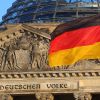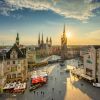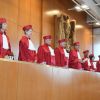“We are the people”
German reunification: the motto of the peaceful revolution in 1989 was an appeal against division and in favour of non-violence.
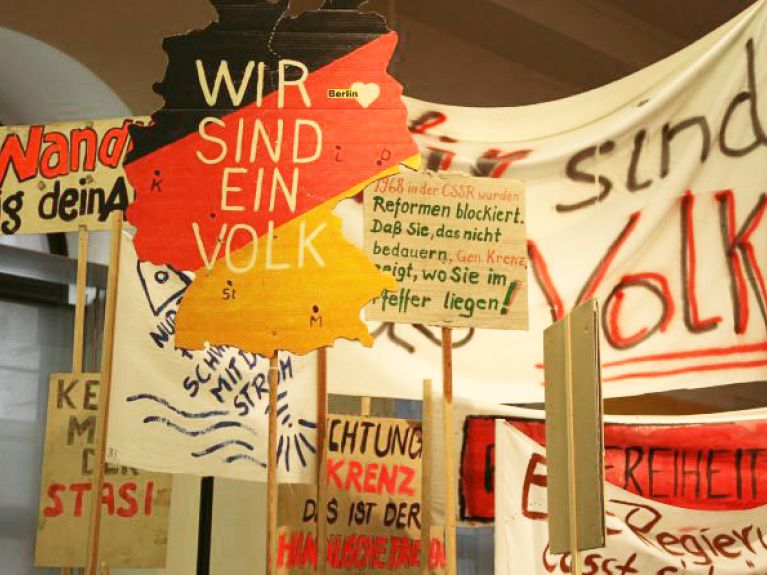
The fall of the Wall in Berlin on 9 November 1989 and the subsequent removal of the 40-year-old border inside Germany was the result of the peaceful revolution in the months before. At the time no one spoke of a peaceful revolution. This epithet only emerged later, looking back at all the events including the waves of people leaving the GDR, protests and demonstrations. This was because at the time the outcome was uncertain. The GDR was a dictatorship that was prepared to defend itself with one of the world’s largest security systems. Resistance, opposition and even just simple criticism of conditions in a school, university or place of work led to the most varied forms of repression: arrest, imprisonment, forced expulsion or denial of education, restriction of the freedom to travel within the Eastern bloc and even being issued with a substitute identity documents called a “PM12”, which limited freedom of movement within the GDR itself.
Non-violent revolution
Nevertheless, all the powers and restraints available to the GDR state lost their horror, precisely because the activists themselves forsook violence. As a result, the groups for peace, women’s rights, environmental issues and democracy that had been active independently of the state on the fringes of the Protestant Church since the beginning of the 1980s acquired an almost overwhelming power and authority. In 1989, especially in Leipzig, the foundation was created that now forms the basis for our present-day society. It was there that over 100,000 people dared to take to the streets on 9 October. The first attempts at demonstration occurred on 4 September, led by young people who organised the prayers for peace at St Nicholas’ Church. They unfurled a banner: “For an open country with free people”.
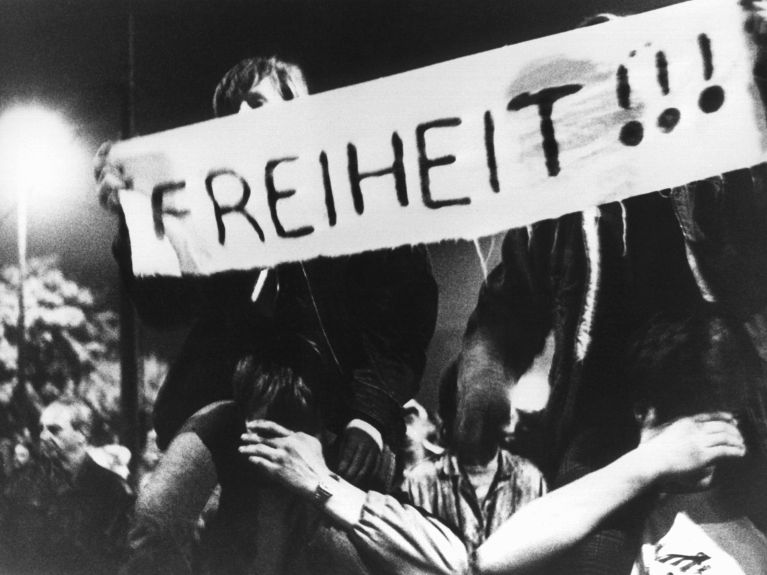
On 9 October the group distributed 30,000 secretly printed leaflets with the following line in bold type: “We are one people”. However, this was not a demand for reunification, but an appeal aimed at police officers and workers’ brigades, who were meant to understand that in Leipzig and the country at large everyone was in the same boat, that they were possibly being deployed against their own children, family members and neighbours. The leaflet said: “Violence between us will leave eternal wounds. It is up to us today to prevent a further escalation of violence. Our future depends on that.”
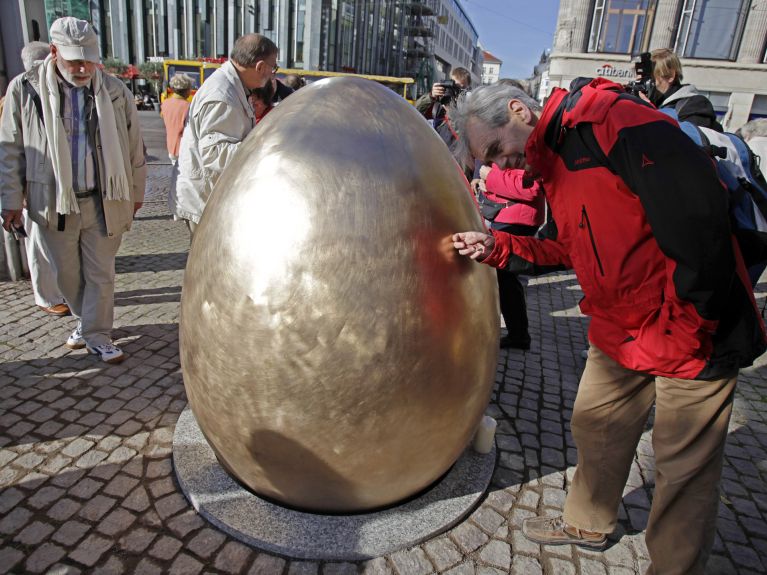
People have often wondered how the slogan “We are the people!” came about on that day. As the masses of people poured onto Leipzig’s ring road, the first shouts were: “Join us! Join us!” One of the young participants, 18-year-old Kathrin Walther, stood hidden behind a church window and wrote down the slogans shouted; on top of the church tower two more young people secretly filmed the demonstration as it passed. Their film was seen all over the world. People on the streets then shouted: “We aren’t hooligans” – because demonstrators had been described as “hooligans and criminal elements” in all SED newspapers.
Demonstration reaches the Stasi headquarters in Leipzig
As they passed the Leipzig Stasi headquarters the situation became volatile. There the cry “We aren’t hooligans!” turned into: “We are the people!” This was not about exclusion, but about pulling down the walls of division within the population – and accordingly the cry of “We are the people!” was always accompanied by “No violence!” That’s why the abuse of this slogan today in pursuit of anti-democratic goals contradicts the ideals of the 1989 peaceful revolution, which in a way fulfilled the demands of the unsuccessful 1848 German revolution for freedom of the press and association as well as other freedoms.
Peter Wensierski is a journalist, book author and documentary filmmaker.
You would like to receive regular information about Germany? Subscribe here:
